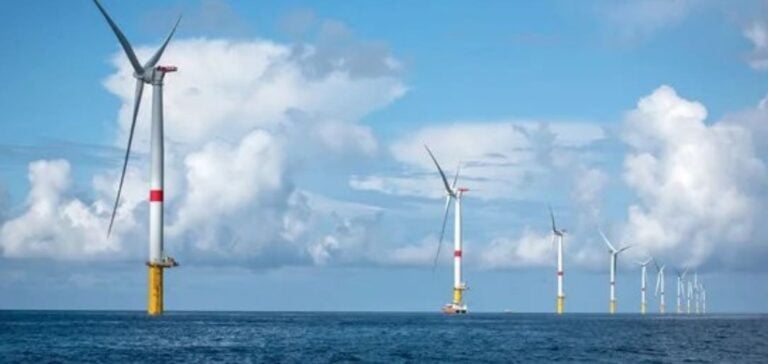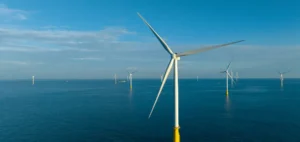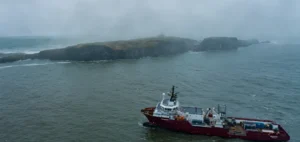SPIE’s acquisition of Correll Group marks a key step in SPIE’s growth strategy in the energy sector. By integrating Correll, SPIE strengthens its engineering and maintenance capabilities, critical sectors for the development of offshore wind projects. This acquisition enables SPIE to offer a more comprehensive range of services and to position itself as a major player in this fast-growing market.
Technical Capacity Building
Correll Group is renowned for its expertise in the connection and testing of submarine high-voltage cables, a crucial technical field for the connection of offshore wind farms. By integrating this expertise, SPIE can now offer improved and more integrated services to its customers, optimizing maintenance and installation operations in complex projects.
International Expansion
With this acquisition, SPIE strengthens its presence in strategic markets such as the United Kingdom, the United States and Taiwan. These regions, key to the development of offshore wind power, now benefit from the combined skills of SPIE and Correll. This international expansion is essential for SPIE, enabling it to capture new opportunities and increase its market share in a fast-growing sector.
Synergies and Growth Opportunities
Synergies between SPIE and Correll should enable greater operational efficiency and optimization of resources. This integration also fosters innovation and the development of new technical solutions adapted to the specific challenges of offshore wind power. In the long term, SPIE plans to continue investing in strategic partnerships and complementary acquisitions to strengthen its position in the global wind energy market.
SPIE’s growth prospects are promising. Demand for renewable energy solutions continues to grow, and this acquisition positions SPIE to respond effectively to market needs. Combining the strengths of SPIE and Correll gives the company the skills it needs to carry out large-scale projects and contribute to the global energy transition.





















